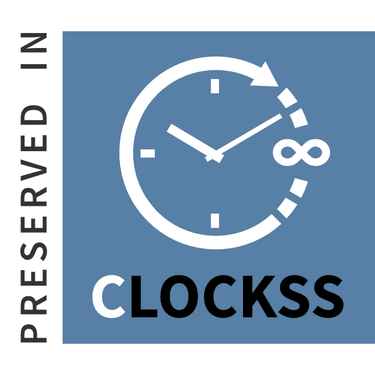Total extra peritoneal Repair of Inguinal Hernia under General Anesthesia Versus Spinal Anesthesia
Abstract
Background: Total extra peritoneal inguinal hernia repair is established approach to inguinal hernia repair usually performed under general anesthesia. Aim of the study was to compare Total extra peritoneal inguinal hernia repair outcome when operated under spinal anesthesia and general anesthesia.
Methods: A prospective cross-sectional study was conducted at Bir hospital on patients undergoing Total extra peritoneal inguinal hernia repair under either spinal anesthesia or general anesthesia for inguinal hernia from September 2022 to August 2023. Operative time, postoperative hospitalization time, postoperative pain, postoperative adverse effects, level of satisfaction and recurrence rate at one year was compared.
Results: Fifty-eight patients were included, divided into two groups TEP-GA and TEP-SA, 29 in each arm. All procedures were completed by allocated method of anesthesia. Though pain score was low in TEP-SA in initial four hours, 2.79±1.08 (GA) and 1.99±0.97 (SA) and 2.28±1.09 (GA) and 1.80±0.80 (SA) at one and four hours post-operative respectively, no statistical difference was noted between two groups regarding surgery time, pain score complications, hospital stay, recovery or recurrence.
Conclusions: Spinal anesthesia is at par with general anesthesia for total extra peritoneal inguinal hernia repair, if not better. It may be appropriate anesthetic modality in patients considered high risk for general anaesthesia.
Keywords: general anesthesia; inguinal hernia; spinal anesthesia; total extra peritoneal inguinal hernia repair.
Copyright (c) 2024 Udita Mishra, Ghanashyam Thapa

This work is licensed under a Creative Commons Attribution-NonCommercial 4.0 International License.
Journal of Nepal Health Research Council JNHRC allows to read, download, copy, distribute, print, search, or link to the full texts of its articles and allow readers to use them for any other lawful purpose. Copyright is retained by author. The JNHRC work is licensed under a Creative Commons Attribution-NonCommercial 4.0 International (CC BY-NC 4.0).












